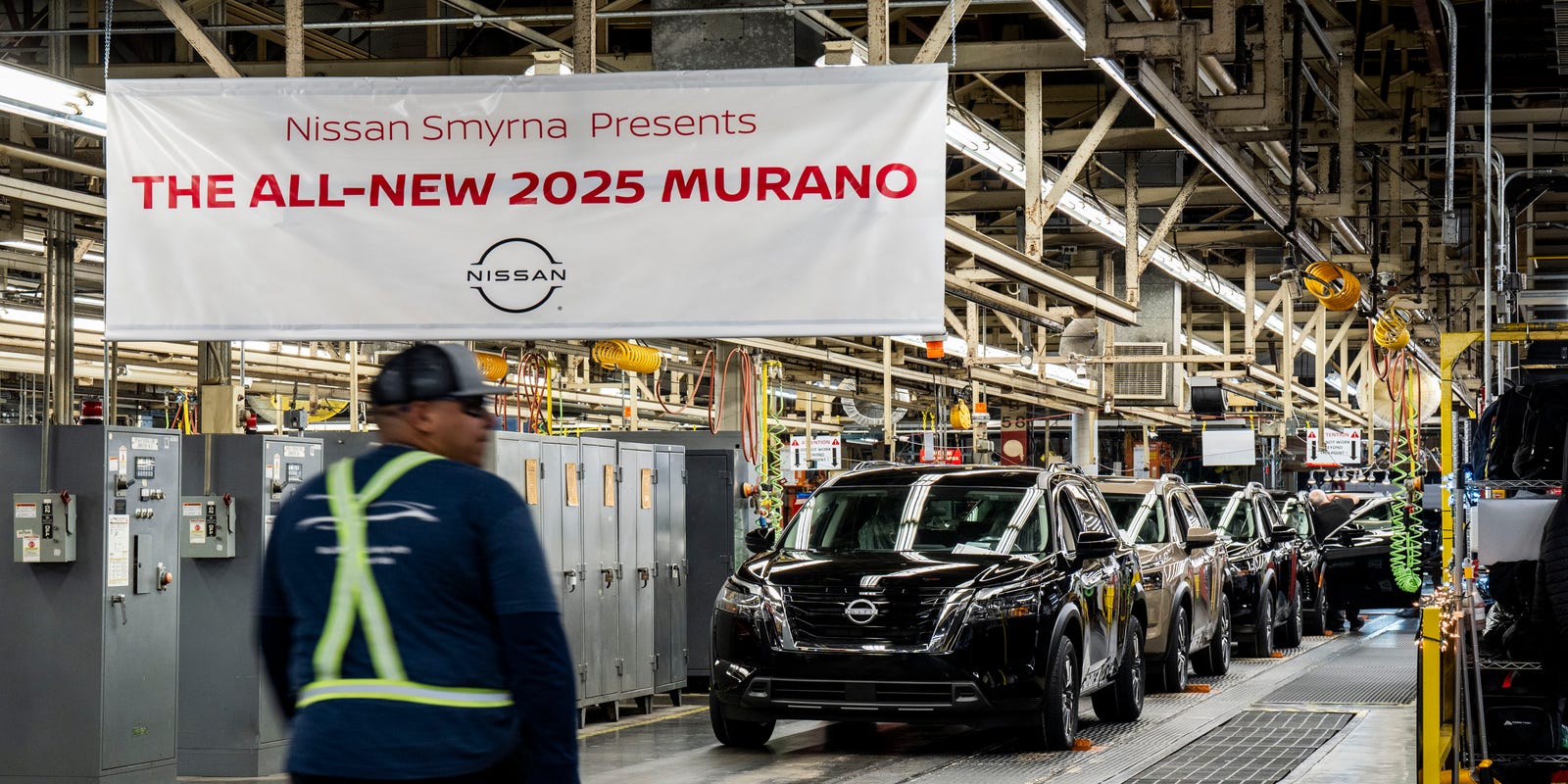
Nissan Motor Co. has announced a significant restructuring plan that includes laying off approximately 11,000 employees and closing more than half a dozen manufacturing facilities across the globe. This move marks a major step in the company’s ongoing efforts to reduce costs and improve efficiency in a rapidly evolving automotive market.
The Japanese automaker, known for popular models such as the Altima and Rogue, is grappling with a range of challenges, including declining global sales, rising production costs, and increased competition in the electric vehicle (EV) sector. The decision to trim its global workforce and shutter several plants is intended to help Nissan regain financial stability and better position itself for future growth in alternative energy vehicles.
While specific locations of the affected plants have not yet been disclosed, the cuts are expected to impact operations in multiple regions, including parts of Asia, Europe, and the Americas. The changes will be implemented over the next year as the company realigns its manufacturing footprint with shifting consumer demand and technological trends.
This restructuring follows previous rounds of job cuts and cost-saving initiatives undertaken by Nissan over the past several years. Company leadership has emphasized that the measures, though difficult, are necessary to secure Nissan’s long-term competitiveness in a dynamic global automotive landscape.
In a statement, Nissan’s management expressed regret over the impact the layoffs will have on employees and their communities but reaffirmed their commitment to a more sustainable and innovative future for the company. The automaker is also expected to increase investment in electric vehicles and autonomous driving technologies as part of its forward-looking strategy.
As the global automotive industry continues to adapt to changing market conditions, Nissan’s latest moves underscore the challenges faced by traditional car manufacturers in staying relevant and profitable amid a rapid shift toward electrification and digitalization.
Source: https:// – Courtesy of the original publisher.








